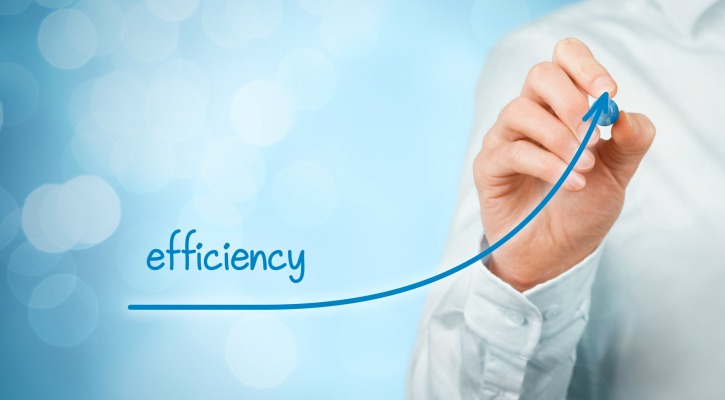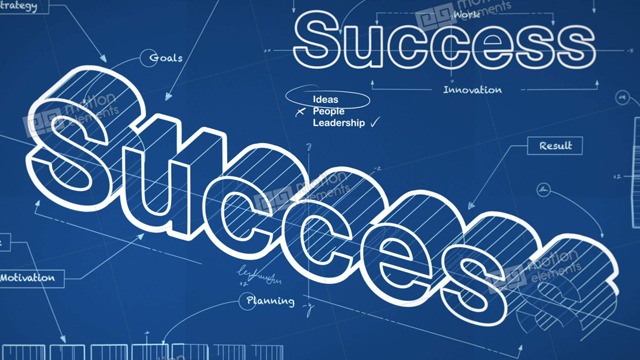A system consists of interconnected components that collaborate to produce a desired outcome. Examples include computer networks, supply chains, and even biological ecosystems. Systems can be simple or highly complex, but their effectiveness depends on how well their parts interact.

Key Components of a System:
-
Inputs – Resources (time, data, materials) fed into the system.
-
Processes – Actions that transform inputs into outputs.
-
Outputs – The final product or result.
-
Feedback – Information used to adjust and improve the system.
How to Improve System Efficiency
-
Identify Bottlenecks – Locate delays or inefficiencies in the process.
-
Automate Repetitive Tasks – Use technology to reduce manual work.
-
Enhance Communication – Ensure all components interact smoothly.
-
Monitor & Adjust – Continuously track performance and refine processes.
Solving System Problems
When a system fails, follow these steps:
-
Analyze the Issue – Determine where the breakdown occurred.
-
Test Solutions – Implement small changes and measure results.
-
Optimize Continuously – Refine the system based on feedback.
By applying systems thinking, individuals and organizations can achieve greater efficiency, reduce waste, and solve problems more effectively. Whether managing a business or organizing daily tasks, mastering systems leads to better outcomes.




